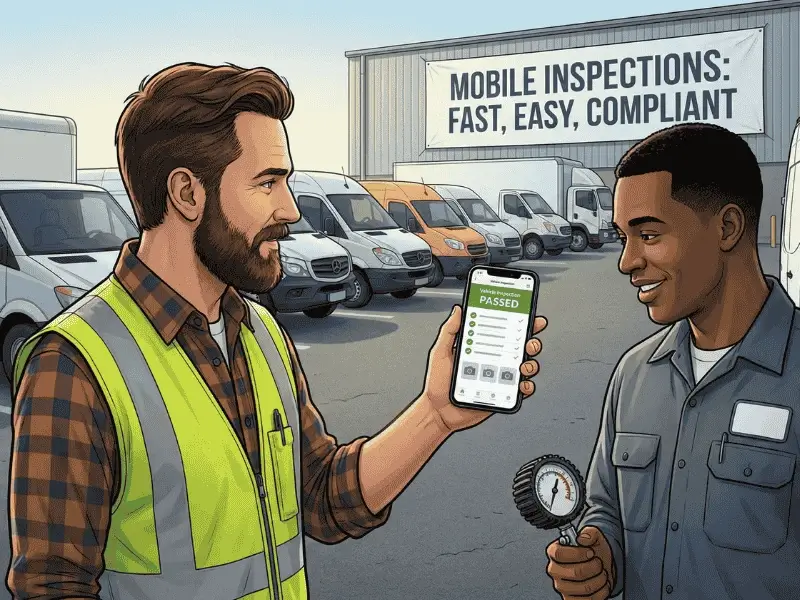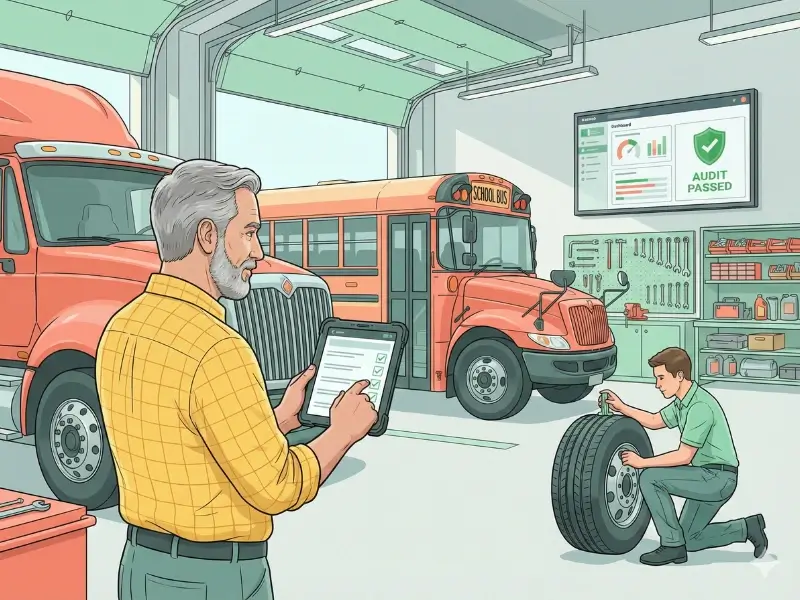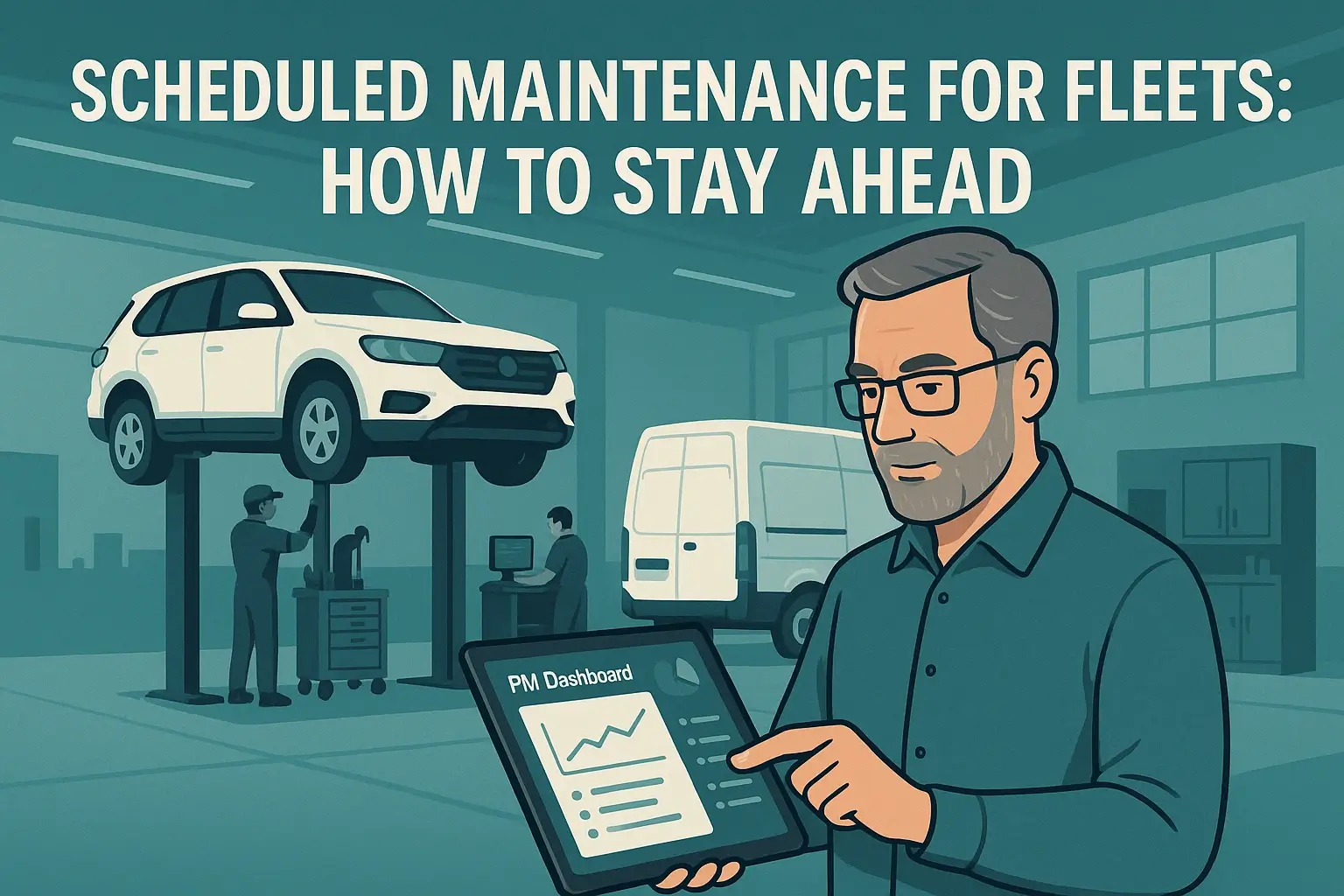Key Takeaways
Breaking ground in 2024, the construction industry stands at a fascinating intersection of unprecedented innovation and age-old practices. Imagine an architect, drafting blueprints not with pen and paper but via the precise algorithms of AI, while a drone buzzes overhead capturing detailed site analytics. Feels like a scene from a Sci-Fi movie, right?
This year, we're witnessing a wave of innovative trends revolutionizing the construction world. Expect a total of 1.3 million robot-like elements dancing around construction sites by 2024, capable of building a skyscraper roughly the size of the Empire State Building every month. Nestled between tradition and technology, the construction industry in 2024 promises to be anything but business as usual.
Think of this article as your hard hat, shielding you from the whirlwind of information while offering you an insider's peep into the future of construction. No need for time travel, let the future unveil right here, under your scroll finger.
Top Construction Industry Trends for 2024
The Rise of Green Construction
The trend towards Eco-consciousness is ushering in a new era in the construction industry. Green construction, a practice committed to resource efficiency and environmental preservation throughout a building's lifecycle, is topping the charts. As builders are seeking to reduce their carbon footprint, constructors are embracing the notion of ‘green’.
It pays to consider examples that set the green benchmark high. Over the last decade, several builders have started adopting sustainable project designs and using recycled materials to minimize waste. The widespread adoption of recycled steel, instead of traditional iron rods, is a quintessential case in point. Approximately 98% of structural steel is now made from recycled metals. Renewable resources, such as bamboo and straw, are transforming how our buildings are built.
The Impact of Technology on Construction
The digital age is leaving an indelible mark on several sectors, and construction is no exception. A paradigm shift in operations and processes is underway, driven by breakthrough technologies such as artificial intelligence (AI), virtual reality (VR), and drones.
AI is quickly becoming a game-changer for the construction scene. It optimizes processes by predicting project irregularities or inefficiencies before they occur, thanks to advanced machine learning algorithms. AI-driven tools are responsible for improved project timelines and cost-effectiveness, eliminating the 'guesswork' often associated with construction projects.
In a similar vein, virtual reality (VR) is reinventing training and project planning. Complex construction scenarios can be brought to life through immersive simulations, offering a risk-free environment for practice. Moreover, VR can assist in mapping out project blueprints, allowing for meticulous planning and precision in execution. Last but not least, drones have proven invaluable. They provide detailed aerial views and real-time data, facilitating accurate site inspections and measurements.
By integrating such digital innovations, construction companies can not only enhance productivity but also achieve higher accuracy levels and mitigate potential risks. Transitioning towards such tech-driven methodologies is the way forward to sustain and thrive in the ever-evolving construction industry.
Download Our Free Equipment Maintenance Resources Now!
How These Trends Are Shaping the Future of Construction
The Role of Green Construction in Sustainable Development
Green construction is a paradigm shift in the construction industry, playing a vital role in spearheading sustainable development.
Implementing green construction techniques not only cuts down on harmful emissions and waste but also creates healthier, more energy-efficient buildings. It's no wonder analysts foresee an uptrend in green construction projects, aligning with the push for sustainability.
When we think about the advantages these technologies offer, they extend beyond just environmental benefits. Businesses implementing green construction methods have noticed significant cost savings over time due to improved energy efficiency and waste reduction.
Following this positive trajectory, it might not be an overstatement to say that green construction could be the playbook for future sustainable development in the Construction Industry. By embracing this trend, companies not only show their commitment to protecting the environment but also can boost their market standing and financial resilience in an ever-competitive industry.
The Transformation Brought by Technological Innovations
In an industry as traditional as construction, technology is breaking new ground, transforming the way construction projects are planned, executed, and managed. Emerging technologies such as Building Information Modelling (BIM), Virtual and Augmented Reality (VR/AR), and drones are dramatically changing the construction landscape.
BIM allows comprehensive digital representation of a building, facilitating better project planning and coordination. VR/AR provides immersive experiences to envision finished projects, identify issues, and design solutions. Drones offer unique vantage points for site surveying, monitoring, and safety inspections, saving both time and resources.
The impact of technology on construction is profound and multifaceted. Swift and precise access to information, better communication, efficient resource allocation, and improved safety are just a few of the benefits.
Given the pervasive influence technology holds, it's becoming apparent that companies ready to pivot and adapt to these innovations are placed advantageously for future trends.
Preparing for the Future: Adapting to the Emerging Trends
Strategies for Implementing Green Construction
As we move towards 2024, the green initiatives in the construction realm are no longer optional - they are a necessity. Adapting to sustainable construction practices is a two-fold process: integrating these practices into the workflow and sourcing Eco-friendly materials.
Integrating green construction practices
Swapping traditional construction practices like concrete production or clay-fired bricks with greener counterparts, such as rammed earth, or bamboo, can drastically cut down the ecological footprint.
Meanwhile, adopting lean construction methods that focus on minimizing waste at every stage ensures optimum resource utilization.
Sourcing Eco-friendly materials
Increasingly, the industry trends lean towards materials with low embodied energy, an energy consumed during production, transportation, and installation. Remember, when sourcing, do consider the life-cycle impact, from extraction to disposal.
Leveraging Technology in Construction
Navigating a sea of emerging tech trends can be challenging but rewarding. Remember, the key is to boost efficiency and productivity, not just chase the latest shiny gadget. Focus on tools that streamline processes, minimize errors, or reduce tedious manual work.
Incorporating technology starts with understanding your needs. Tools and software can revolutionize virtually every facet of the construction process - project management, design, on-site processes, you name it. Technologies like building information modeling software can improve 3D visualizations, cost estimates, and even clash detection. On-site, drones and robotics can help with difficult or dangerous tasks, increasing job site safety and efficiency.
Integrating technology is a two-step process: workforce training and experimentation. Providing regular training to the workforce ensures that they keep abreast of critical tools, software, and gadgets. It's essentially preparing them to stay ahead in the ever-evolving technological landscape. Meanwhile, experimentation ties in with risk-taking. Not all technologies will be a perfect fit. Be prepared to experiment, assess results, and iterate.
Gearing up to meet the trends of 2024 needs not be overwhelming. By adopting green construction strategies and leveraging technology, firms can not only keep pace with the industry's foreseeable changes but also turn them into unique opportunities for improvement and innovation.
The future is not to be feared, but rather that challenge to rise to. The trends of tomorrow are today's opportunities, and the construction industry of 2024 beckons with promise and possibility.
Understanding the Implications of These Trends
The Economic Implications of Green Construction and Technology
Green construction is moving far beyond being just an environmentally sound practice; it's becoming a catalyst for economic revolution too. Tapping into this trend could mean a deep dive into savings and new opportunities. We're talking about potentially substantial savings on energy and maintenance costs here.
Today’s green tech isn’t just geared toward saving the planet, it is shaping up as an economic powerhouse too. It's a double hamlet—good for your bank account and the Earth. Sounds like a win-win, doesn't it?
However, like any new venture, it isn't entirely void of challenges. There could be initial costs and a learning curve as teams need to familiarize themselves with new technologies and practices. The good news is that these are usually one-time costs that can be quickly recouped through energy savings and other built-in efficiencies of green construction.
The Social and Environmental Implications of These Trends
Moving towards Eco-friendly trends in the construction industry doesn't just have economic implications—it's impacting social and environmental aspects too. Green construction has the potential to positively influence living conditions, reducing the carbon footprint and lessening the strain on environmental resources.
Green construction is actively reshaping living conditions; it makes homes healthier places to live and introduces robust energy-generating and saving properties. Consequently, it's aiding in lowering greenhouse gas emissions, leading to cleaner air and ultimately a healthier planet.
So, what's the role of the construction industry in global sustainability? It's huge. The construction sector can significantly contribute to achieving the sustainability goals, such as reduced energy use, less waste, and minimized ozone layer depletion, set out in the 2030 Agenda for Sustainable Development.
By embracing these Eco-friendly trends, the construction industry could play a leading role in bringing about this positive environmental change.
Preparing for Tomorrow's Foundations
From AI-powered efficiency to sustainable materials, the future of construction promises a groundbreaking transformation. This roadmap of trends unveils not just exciting innovation, but a necessary path for your business's survival. Knowledge alone won't build success.
Start implementing today. Train your team, embrace tech, choose greener materials – be the change-maker. The question isn't if you're ready, but how. How will you adapt to stand out in the evolving market? In this industry, the future belongs to the swiftest builders.
Join the movement. Stay informed. Build the future. You hold the blueprint – it's time to construct your success.



.png)








.png)


.png)







.webp)


